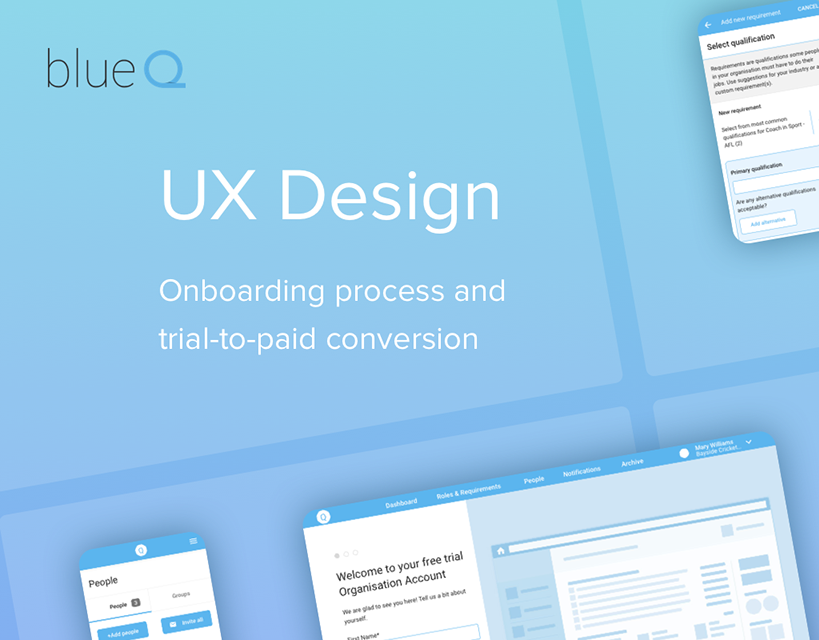Estimated reading time ~3 mins
Overview
Bourne Digital is a consulting firm solving complex business problems through human centered UX design. Bourne Digital hired me as UX Researcher to assist one of their biggest clients with the early stage of product discovery.
Some details of the project that contain intellectual property of Bourne Digital and the client will be left out of this case study.
Problem
Bourne Digital’s client, a well-known Australian brand, was looking to add a new product to their existing B2B digital offering. They engaged Bourne Digital to look with “fresh eyes” at their target audience and identify the most pressing problems they are facing. This was supposed to help them make sure they were not just creating products that are usable, but also useful.
As it often happens, the client already had a couple of solution hypotheses they wanted to validate. We convinced them that if we start with the users and define the problem first, solution will follow. So they welcomed the idea to explore and propose any innovative ideas we might come up with.
My role as UX Researcher
- Developed research approach and methodology
- Prepared survey and interview questionnaires
- Coordinated recruitment of research participants
- Set up and coordinated online surveys
- Conducted face-to-face interviews
- Synthesised survey and interview insights through affinity mapping into journey maps and problem statements
- Performed willingness to pay analysis and market size assessment
- Presented client weekly updates
Duration: 6 weeks
Tools used: Typeform, Excel (for quantitative analysis), Keynote (for presentations)
Other team members: 1 UX Researcher, 2 Bourne Digital Directors (as subject matter experts on the target audience)
Affinity mapping
Approach
My background in business and consulting put me in a good position to do a research for B2B product discovery. I had a pretty good understanding of the business processes we were looking into, as well as the industries the target users were operating in.
Here are some highlights of the approach we developed and implemented:
We used both quantitative and qualitative research methods (online surveys and 1-hour face-to-face interviews). Interviews helped us understand behaviours, opinions and uncover motivations. We used surveys to quantify opinions and transform attitudes of a larger sample population into statistics. For example, we calculated willingness to pay using Van Westendorp’s price sensitivity meter questions in the online survey, and expressed it as $X-Y/month.
We followed the “golden circle” pattern in our questionnaires. This allowed us to understand not only what users do and how they do it (their “jobs to be done”), but most importantly, the purpose, cause or belief why they do it that way. These insights opened up the doors for more innovative solutions.
We defined new dimensions of the target audience to spot emerging patterns. For example, we segmented our users by business maturity, on the assumption that it will affect the pain points they experience (and it did!).
Although our target users were B2B customers, we also interviewed and surveyed B2B customers’ customers (“the final users”). This shed light on some “blind spots” our immediate users were not aware of, which informed the problem statements.
We built an empathy map collaboratively with the client to gain a deeper insight into their users (left). We took pictures of the workplaces of the users we interviewed to put our research insights into context (right).
Outcomes
Recommendations report included problem statements and a prioritised list of opportunities, supported by insights and observations.
To prioritise ideas we looked at 3 factors: the severity of the problem (as reported by users on a scale from 0 to 10), market size (based on the number of customers facing this problem, their willingness to pay and availability of competitor solutions) and technical feasibility score.
Final thoughts
It’s only the start of an amazing journey of the new product. The client moved on to validate customer value of the proposed solution through landing page testing and get statistically significant results.
Icons: Freepik


